Bexar Roots Native Plant Sale ????
wantonamara Z8 CenTex
5 years ago
Featured Answer
Sort by:Oldest
Comments (40)
MSRED Byrd
5 years agolast modified: 5 years agoRelated Discussions
Chattahoochee Nature Center Plant Sale Today-Sat
Comments (2)Hope some of you had a chance to go. They had a fabulous selection of native azaleas and Florida Anise as usual. Since I have plenty of those, I got Ilex cassine, two kinds of native spirea, some leucothoe axillaris, and a Carolina jessamine (I think I was the only person around that didn't have one of those, but never felt inspired to get one before). The next CNC native plant sale will be in the spring, but I believe if you want to buy something you can call them and arrange to do so....See MoreNative Tree & Shrub Sale
Comments (5)The nuts from my red buckeye tree fell and are sending down little tap roots. Should I pot them up or leave them in situ over the fall and winter? I eventually wish to spread the new seedling trees around in our woodland copse area. Red Buckeye blossoms are pollenated exclusively by hummingbirds....See MoreNEPA native plant society/sale?
Comments (11)Lori, Thanks for the info. I did some research to see how close these places are to me. It is nice to have options. amelanchier, last weekend I was traveling to central PA, I checked out your link, there are several places I'd like to visit, but the only one that was on the way is no longer open. :( Oh well, I am a lot closer now to Bowman's Hill than I used to be. I went to a place I used to frequent and bought 15 bare root trees. I'd better finish planting them before I buy anything else. David...See MoreTo dig or not to dig - native plant rescue
Comments (11)LantanaTX, I think you should go ahead and rescue the plants you want. There is almost no chance that they will be valued or saved by the owner of the lot. I appreciate the fact that some members of this forum have had plants stolen from their future building lots, but keep in mind that there are very very few people who would notice or care - one in a million might be too high an estimate of our numbers. If land will be developed by a land developer or will become commercial property then most likely the entire lot will be cleared, and you can feel safe rescuing any plant you find. If the lots will be developed individually or by a developer who is saving some of the woods (if there are woods there now) then you might think twice about taking ALL of the plants near the edges of the lot (I'd still take some). Most people build their home somewhere near the center of the lot, and if they save woodlands will save some near the edges, near the back, or on steep hills or near a creek, for example. With a little imagination you can probably guess where the house will go, and take any plants that will be under or within 50 feet of the house. It is a rare property owner indeed who will rescue wildflowers from beneath the building site. If you think the plants might be spared by the developer (on a steep hill, for example) then take only some and leave some behind, but don't be surprised to find that even steep hill will be cleared and sodded. Keep in mind that for most species of plants you won't need to take all of the plant. Many wildflowers spread vegetatively to form clumps, or tend to appear from seed in clumps. Taking a few individuals or dividing a clump will allow you to take some and leave some behind. Other species can be started from seed. In many cases I find it is easier to transplant a small start from a large clump of wildflowers rather than try to move the whole clump. Other plants are best from seed. Indian Grass, for example could be divided, leaving most of the plants where they are, or you could collect seed. My bottom line is that it is very unlikely that any of the plants will survive the development of the property unless you remove them. If I could find some time to rescue some plants, then I would go ahead and do it and, rather than feel guilty about trespassing, I'd feel good for having saved something that would have been destroyed. Unlike April, I guess I am not the "ask permission" type. I wouldn't worry too much about finding endangered plants, since they are by definition quite rare, but keep in mind they do carry special legal protection....See MoreJay 6a Chicago
5 years agolast modified: 5 years agowantonamara Z8 CenTex
5 years agoJay 6a Chicago
5 years agowantonamara Z8 CenTex
5 years agoJay 6a Chicago
5 years agoroselee z8b S.W. Texas
5 years agolast modified: 5 years agoUser
5 years agolast modified: 5 years agoJay 6a Chicago
5 years agoJay 6a Chicago
5 years agoUser
5 years agolast modified: 5 years agoUser
5 years agoJay 6a Chicago
5 years agowantonamara Z8 CenTex
5 years agolast modified: 5 years agoJay 6a Chicago
5 years agoUser
5 years agolast modified: 5 years agoJay 6a Chicago
5 years agoUser
5 years agowantonamara Z8 CenTex
5 years agoJay 6a Chicago
5 years agolast modified: 5 years agoUser
5 years agolast modified: 5 years agoJay 6a Chicago
5 years agolast modified: 5 years agoJay 6a Chicago
5 years agowantonamara Z8 CenTex
5 years agolast modified: 5 years agoJay 6a Chicago
5 years agowantonamara Z8 CenTex
5 years agoUser
5 years agolast modified: 5 years agoJay 6a Chicago
5 years agoUser
5 years agolast modified: 5 years agoUser
5 years agolast modified: 5 years agowantonamara Z8 CenTex
5 years agoJay 6a Chicago
5 years agowantonamara Z8 CenTex
5 years agoJay 6a Chicago
5 years agoUser
5 years agolast modified: 5 years agoJay 6a Chicago
5 years agoUser
5 years agoUser
5 years agoJay 6a Chicago
5 years agolast modified: 5 years ago
Related Stories

GARDENING GUIDESHow to Find the Right Native Plants for Your Yard
Find plant maps, sale sites and guides that make going native in the garden easier than ever
Full Story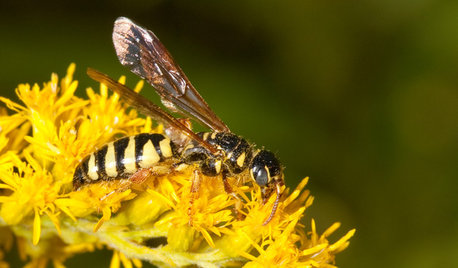
GARDENING GUIDESAttract Thynnid Wasps With Summer-Flowering Native Plants
These beneficial insects will hunt damaging beetle grubs in your lawn
Full Story
GARDENING GUIDESLet's Weed Out 4 Native Plant Myths
Plant wisely for a garden that supports pollinators and requires less work
Full Story
GARDENING FOR BUTTERFLIES3 Ways Native Plants Make Gardening So Much Better
You probably know about the lower maintenance. But native plants' other benefits go far beyond a little less watering and weeding
Full Story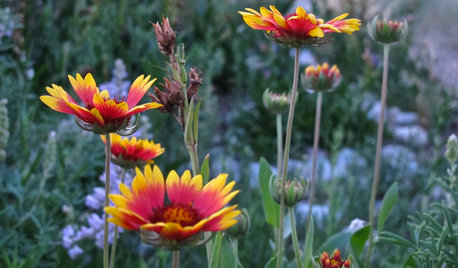
FALL GARDENING10 Top Flowering Native Plants for Beauty and Wildlife Benefit
Consider these easy-care varieties for good looks, seasonal interest and more
Full Story
GARDENING GUIDESWe Bust 4 More Native Plant Myths
Have you been taken in by these fallacies about gardening with native plants?
Full Story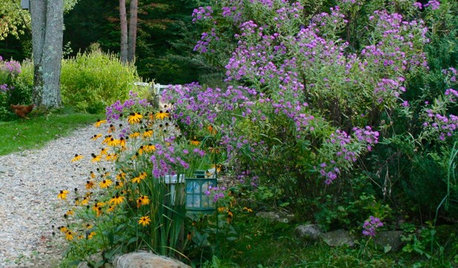
GARDENING GUIDESTop 10 Native Plants for the Northeast
For a low-maintenance, wildlife-friendly landscape, use native plants adapted to the climate and range of soils in the Northeast
Full Story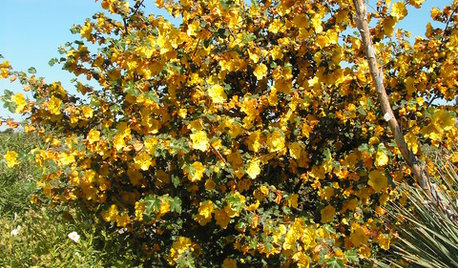
GARDENING GUIDESGreat Native Plant: California Flannel Bush
Forget watering once this bush is established. But the yellow burst in spring and summer, you'll remember
Full Story
GARDENING GUIDESThe Beauty of Bare-Root Plants
Plant dormant trees and shrubs in fall using the easy, affordable bare-root method and enjoy beautiful results in spring
Full Story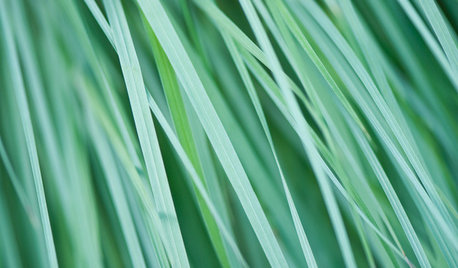
GARDENING GUIDESGreat Design Plant: Little Bluestem Goes Above and Beyond
It thrives in poor soil and provides food and shelter for wildlife. Plus, Schizachyrium scoparium is just a darn pretty native grass
Full Story


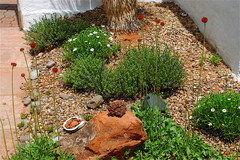

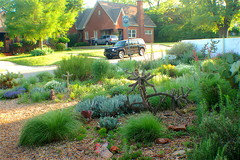

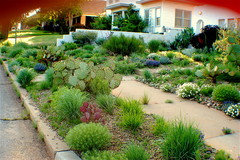
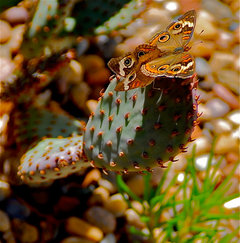
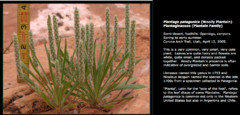
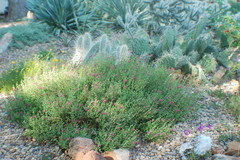

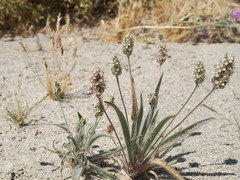




User